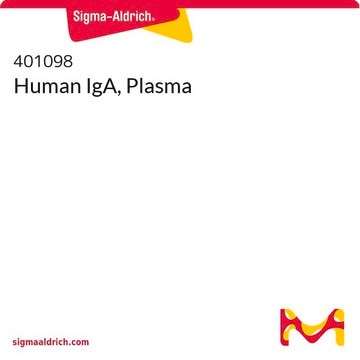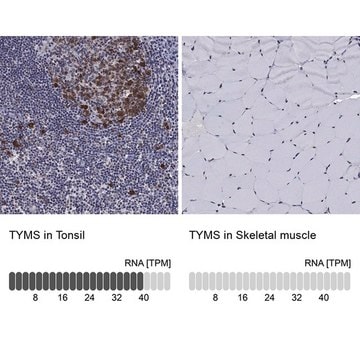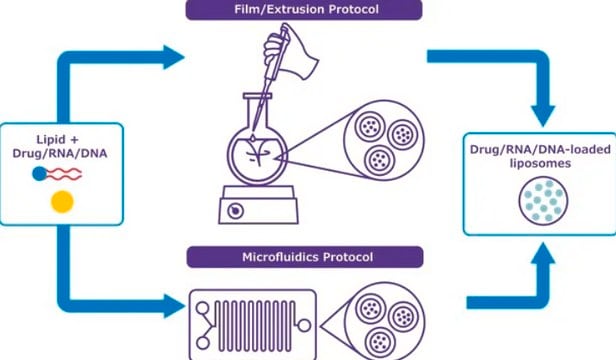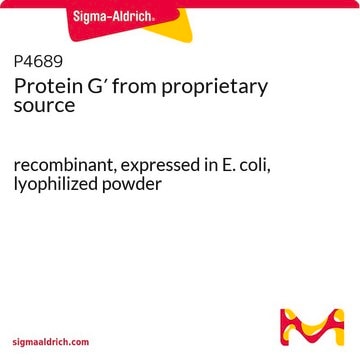MAB4130
Anti-Thymidylate Synthase Antibody, clone TS106
clone TS106, Chemicon®, from mouse
Synonym(e):
Thymidylate synthase
About This Item
Empfohlene Produkte
Biologische Quelle
mouse
Qualitätsniveau
Antikörperform
purified immunoglobulin
Klon
TS106, monoclonal
Speziesreaktivität
human, mouse
Speziesreaktivität (Voraussage durch Homologie)
rat
Hersteller/Markenname
Chemicon®
Methode(n)
ELISA: suitable
flow cytometry: suitable
immunofluorescence: suitable
immunohistochemistry (formalin-fixed, paraffin-embedded sections): suitable
immunoprecipitation (IP): suitable
western blot: suitable
Isotyp
IgG1
NCBI-Hinterlegungsnummer
UniProt-Hinterlegungsnummer
Versandbedingung
wet ice
Posttranslationale Modifikation Target
unmodified
Allgemeine Beschreibung
Spezifität
Immunogen
Anwendung
Epigenetik & nukleäre Funktionen
Zellzyklus, DNA-Replikation & -Reparatur
A previous lot of this antibody was used in ELISA.
Flow Cytometry:
A previous lot of this antibody was used in FC.
Immunofluorescence:
A previous lot of this antibody was used in IF.
Immunoprecipitation:
A 10 μL/mg concentration of a previous lot was used on protein lysate.
Immunohistochemistry (Frozen and Paraffin sections):
1:50 - 1:100 (with incubation for 30-60 minutes at room temperature). TS106 can benefit from antigen retrieval with either EDTA pH 8.0 or 10mM citrate buffer pH 6.0 .
Western Blotting:
1:200 - 1:400. Recognizes a 36KDa band.
Optimal working dilutions must be determined by end user.
Qualität
Western Blot Analysis:
1:500 dilution of this antibody detected THYMIDYLATE SYNTHASE on 10 μg of MCF7 lysates.
Zielbeschreibung
Physikalische Form
Lagerung und Haltbarkeit
Hinweis zur Analyse
Positive Control: 5-FU-resistant colon carcinoma cell lines (NCI H630R10, NCI630R1), 5-FU-resistant breast cancer cell lines, MCF-Ad5 and MCF-Ad10
Sonstige Hinweise
Rechtliche Hinweise
Haftungsausschluss
Lagerklassenschlüssel
10 - Combustible liquids
WGK
WGK 2
Flammpunkt (°F)
Not applicable
Flammpunkt (°C)
Not applicable
Analysenzertifikate (COA)
Suchen Sie nach Analysenzertifikate (COA), indem Sie die Lot-/Chargennummer des Produkts eingeben. Lot- und Chargennummern sind auf dem Produktetikett hinter den Wörtern ‘Lot’ oder ‘Batch’ (Lot oder Charge) zu finden.
Besitzen Sie dieses Produkt bereits?
In der Dokumentenbibliothek finden Sie die Dokumentation zu den Produkten, die Sie kürzlich erworben haben.
Unser Team von Wissenschaftlern verfügt über Erfahrung in allen Forschungsbereichen einschließlich Life Science, Materialwissenschaften, chemischer Synthese, Chromatographie, Analytik und vielen mehr..
Setzen Sie sich mit dem technischen Dienst in Verbindung.








